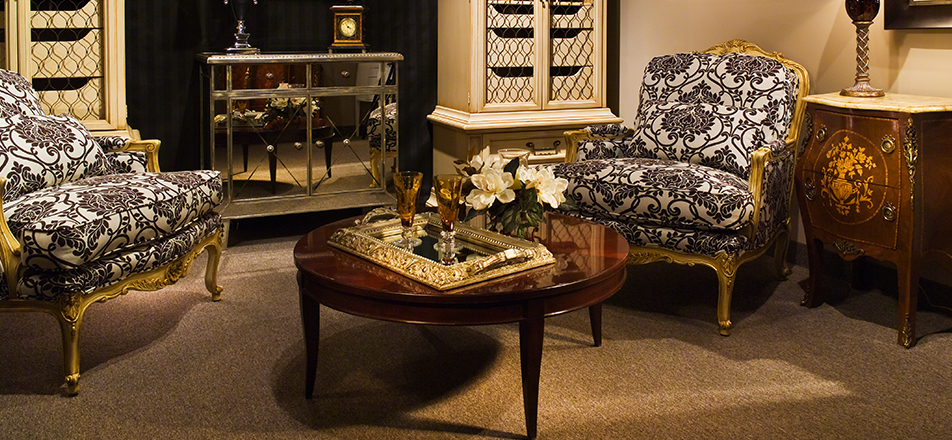DIY Antique Restorations Guide

Sometimes antique furniture just needs some simple TLC to look beautiful again. Bringing your piece in for restoration is not always necessary if you have the know-how and the proper equipment. With a few simple tips and some general old-fashioned supplies, you can perform your own antique restoration.
Tips For DIY Antique Furniture Restoration
Before you begin any attempts at antique restoration, it is best to ensure you have the proper items on hand. These will vary according to the maintenance and restoration task, but typically include:
- A wooden brush with stiff bristles
- A metal scraper or spatula
- Cloth gloves
- Goggles (there may be chips of wood, paint or varnish flying around)
- Steel wool
- Lintless cloth
- Rags
- Glue
- A bucket
You may find you need additional tools, but they should be inexpensive and easy to locate in hardware stores.
Restoring antique furniture usually involves removing old varnish, paint and stain to reveal the rich wood beneath. Sometimes the joints may need to be refastened and metal clamps or screws replaced.
Before you begin antique fine furniture restoration, examine the piece thoroughly so that you know exactly what you are dealing with. When you are ready to begin your work, do so in an area you would not mind getting a bit messy, especially the floor.
When using paint thinners and semi-paste strippers, avoid using products that can be washed off, because these can cause damage to the wood.
The Antique Restoration Process
- It is easier to perform the restoration if you can disassemble the furniture. But do not force it if you are having trouble. You do not want any of the wood to split or chip badly.
- Use a bit of water to see if paint is merely just a stain. If not, apply the semi-paste stripper and allow it to set. Then remove the paint gently with a cloth or rag. Use a bucket to clean the rag and catch drippings.
- You may need the steel wool to remove the last few bits. Paint that has softened can be removed with the scraper or the brush. You can use a toothbrush to remove paint from smaller, detailed areas.
- Allow the piece to dry for at least a day and then use steel wool to remove any leftover glaze.
- At this point, you can reassemble the furniture or decide if you want to repaint, varnish or stain the piece.
For more information about antique furniture restoration and advice on different types of vintage furniture, contact Carrocel Fine Furniture Store in Toronto near the 401 and Allen Road. We will be happy to help you with all your antique restoration needs.





2 Response(s) for “DIY Antique Restorations Guide”
I am looking for advice on how to restore my wooden 1900 campaign folding chair; how to disassemble, if and where I can get appropriate bolts…
Hello Lily thank you for your interest in restorations. I would highly recommend having an expert in the field conduct any repair or restoration work to ensure the piece is not damaged or ruined in the process. Campaign period is not our speciality here, I would suggest finding someone who sells 1900s campaign style and see if they can offer any recommendations.